There can be your advertisement
300x150
How to Simply Make Sound Insulation in an Apartment
Noise in standard buildings comes in three forms: airborne (cries, conversations, music, sounds of cars passing by the window), impact (the well-known rumble of a drill or impact driver, footsteps, hammer blows) and structural – when impact noise travels through all floor slabs and load-bearing walls of a monolithic building due to the reinforcement mesh.
To protect your apartment from all three types of noise on your own, you should first analyze the level of acoustic pollution in your flat. Usually, housing needs to be isolated not only from vibrations in the walls but also from noises transmitted through air, both inside and outside the building.
Tip #1: Change the Windows
Install sound-insulating glass units on your windows: they have thicker outer glass and a wider inner gap – so-called "air chamber." Thanks to this, as manufacturers promise, along with sealed joints and special frame shapes, noise pollution in your apartment can be reduced by up to 50%.
You can also make wooden windows quieter. Buy special elastic seals and elastic shims for sills. Wooden windows with a special sound-insulating glass unit are the most effective and eco-friendly option.
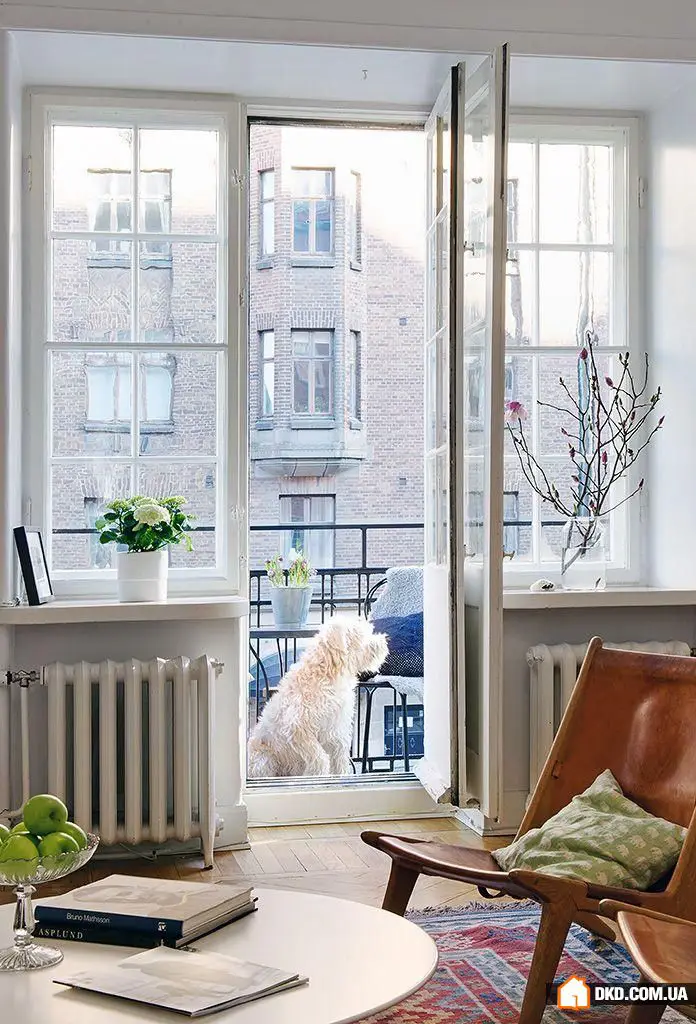
Tip #2: Install an Acoustic Suspended Ceiling
If through brief contemplation and analysis of auditory discomfort you realize that neighbors above you are the biggest irritant (they are usually easiest to hear in brick and panel buildings), install an acoustic suspended ceiling.
The construction usually consists of cellular panels (such as special perforated gypsum boards) and a layer of mineral wool placed underneath. Cellular materials absorb impact noise, while fibrous ones absorb sounds traveling through air.
Regarding the slab above it, such a ceiling works as a sound insulator – preventing noise from above. Regarding the volume of your apartment, it is a sound-absorbing measure – such a ceiling will dampen echo and practically guarantee that any noise you make inside won't echo throughout the house.
Important:
Always use vibration isolators. If the frame structure is rigidly fixed, the surface will resonate in response to incoming sound waves and spread vibrations throughout the building.

Tip #3: Check Wall Integrity
All kinds of gaps, cracks, grooves and holes in walls “bounce” sound waves toward each other. Before thinking about wall soundproofing, eliminate this “shadow echo.” Gypsum plaster, spackle and sealants are excellent helpers in rough leveling.
If you share sockets and electrical conduits with neighbors, fill the holes with mounting foam or plaster. Just don’t forget to switch off electricity in both apartments before starting the work.

Tip #4: Cover Walls with Sandwich Panels
Sound insulation of just the ceiling usually helps in brick houses, where floor slabs are light and walls thick. In panel buildings, this measure only works if neighbors don’t allow themselves to make impact noise – in other words, nobody is drilling. In our cities, this is a rare occurrence, so the most affordable solution is to cover walls with a sound-insulating layer in addition to the ceiling.
Install a stud frame on vibration isolators (just like for the ceiling). Place mineral wool or extruded polystyrene boards between them. These materials absorb impact noise and are effective in panel and monolithic concrete buildings.
Top it off with cellular acoustic panels made from gypsum board or regular GKL sheets. Better yet, make a double-layered panel. Sandwich panels usually take about 10 cm from each wall but are essential for good sound insulation.
Important:
Soundproof membranes heavily advertised are rarely effective – at least in conditions of our typical buildings. Thin and heavy mineral films can act as barriers to airborne noise but provide no protection against impact noise. You can use them as a supplement to standard sound-insulating “filling.”

Tip #5: Install a Floating Floor Slab
It's better to do these works before soundproofing the ceiling and walls. However, such tasks are rarely undertaken – usually, the height of existing slabs or the cost or quality of finishing floor coverings stop DIYers.
Still, a floating slab is the best way to dampen impact noise generated within your own apartment. By installing such a floor at home, you won't worry about bouncing on someone’s head. And with full confidence and experience, you’ll go to negotiations with a noisy neighbor above with the suggestion: Let’s install a new floor that absorbs impact vibrations.
To lay the slab, place mineral wool and/or extruded polystyrene boards on a vapor barrier over the slab, then lay an elastic tape around the perimeter – it will serve as a cushion between the new floor and the walls. The slab should not make rigid contact with walls or partitions, nor with the slab above, to avoid forming acoustic bridges.
Pour a cement-sand or gypsum mixture over the screed using floats, and use a trowel to level bumps. The floor will dry in three days, after which you can walk on it and begin finishing work after a week.
Important:
It’s better to add fiberglass mesh to the mixture for a floating floor. It reinforces the slab in all directions and prevents cracking.
 Full soundproofing – including wall and ceiling cladding, floor slab installation, and window replacement – is a time-consuming, labor-intensive and expensive task. But in budget-standard buildings, such work is a good investment in the comfort of apartment residents.
Full soundproofing – including wall and ceiling cladding, floor slab installation, and window replacement – is a time-consuming, labor-intensive and expensive task. But in budget-standard buildings, such work is a good investment in the comfort of apartment residents.
Soundproofing will not only protect them from the "acoustic smog" but also insulate your apartment. Gypsum board cladding and properly installed screed level surfaces – you can confidently apply the most unusual finishing.

More articles:
 30 Beautiful Vintage Garden Decorations
30 Beautiful Vintage Garden Decorations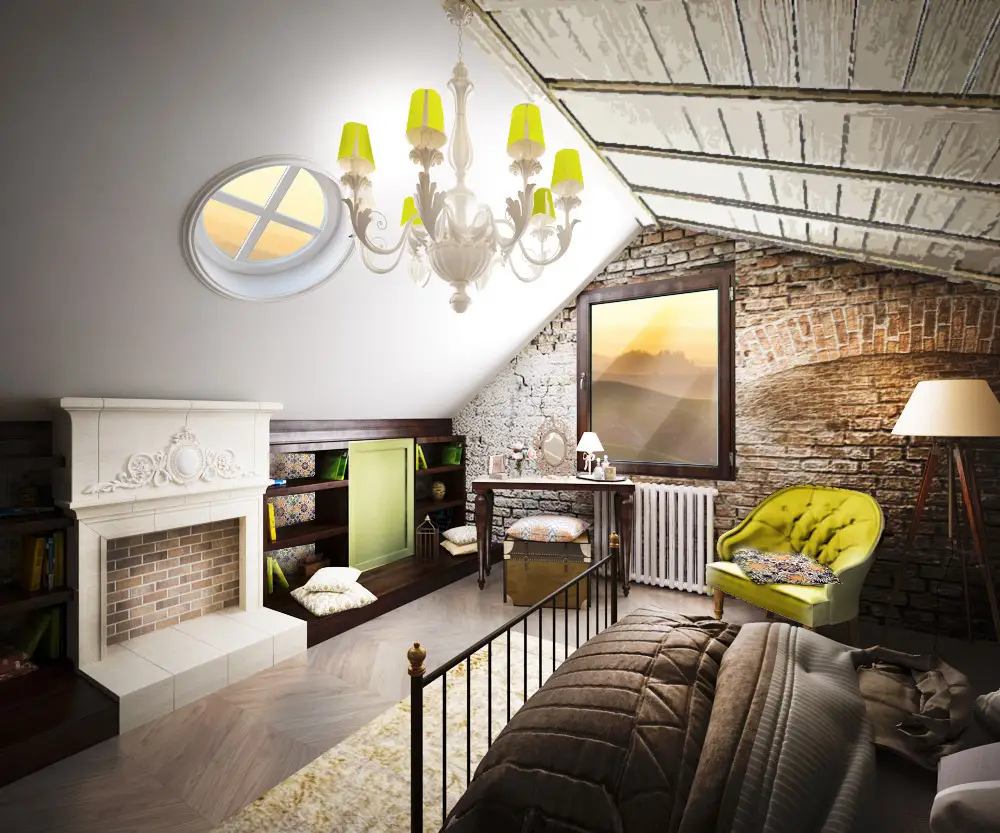 No Relocation: How to Separate a Child's Room and Parents' Bedroom
No Relocation: How to Separate a Child's Room and Parents' Bedroom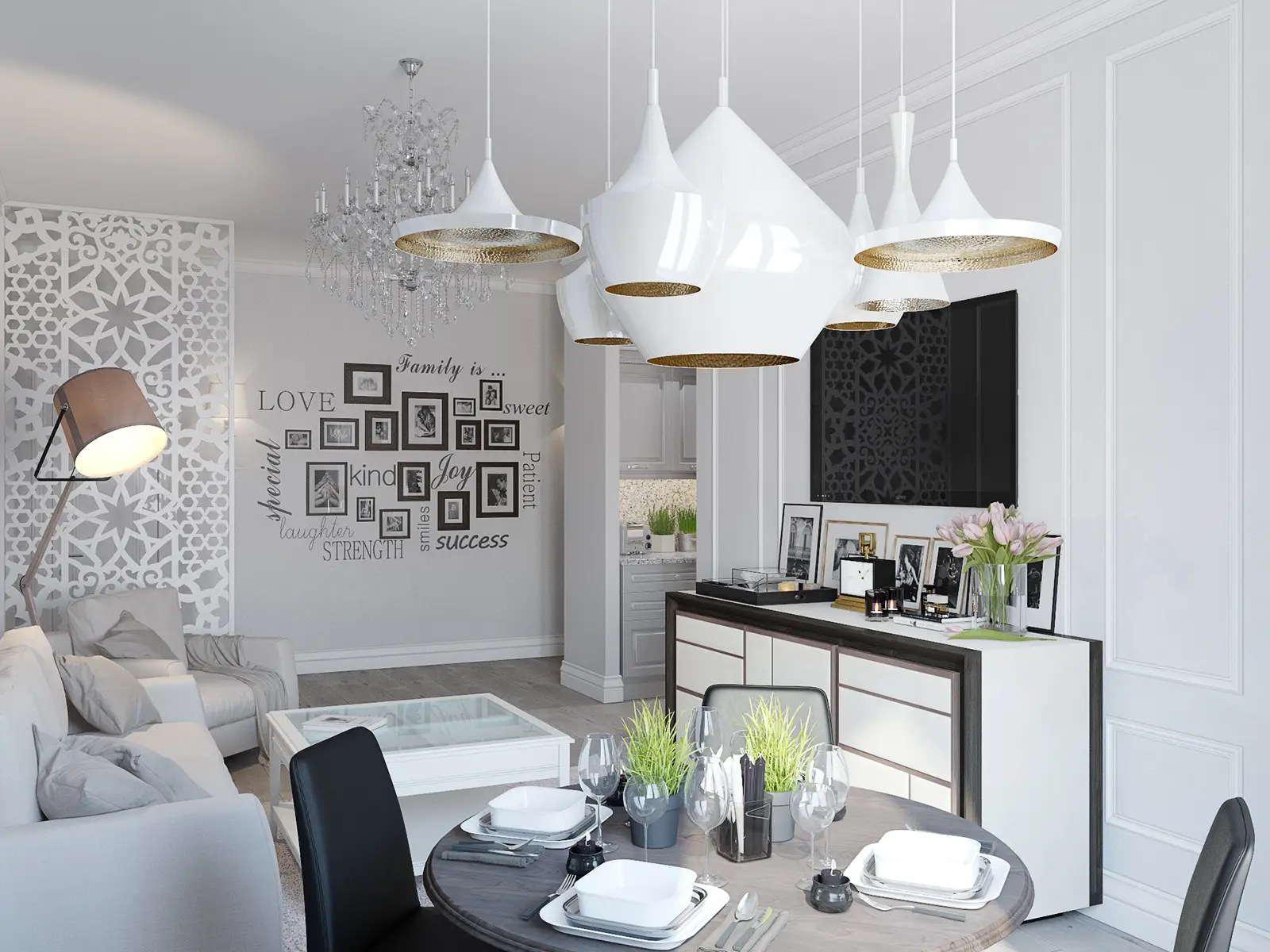 How to Create a Comfortable Layout: 5 Unusual Tips
How to Create a Comfortable Layout: 5 Unusual Tips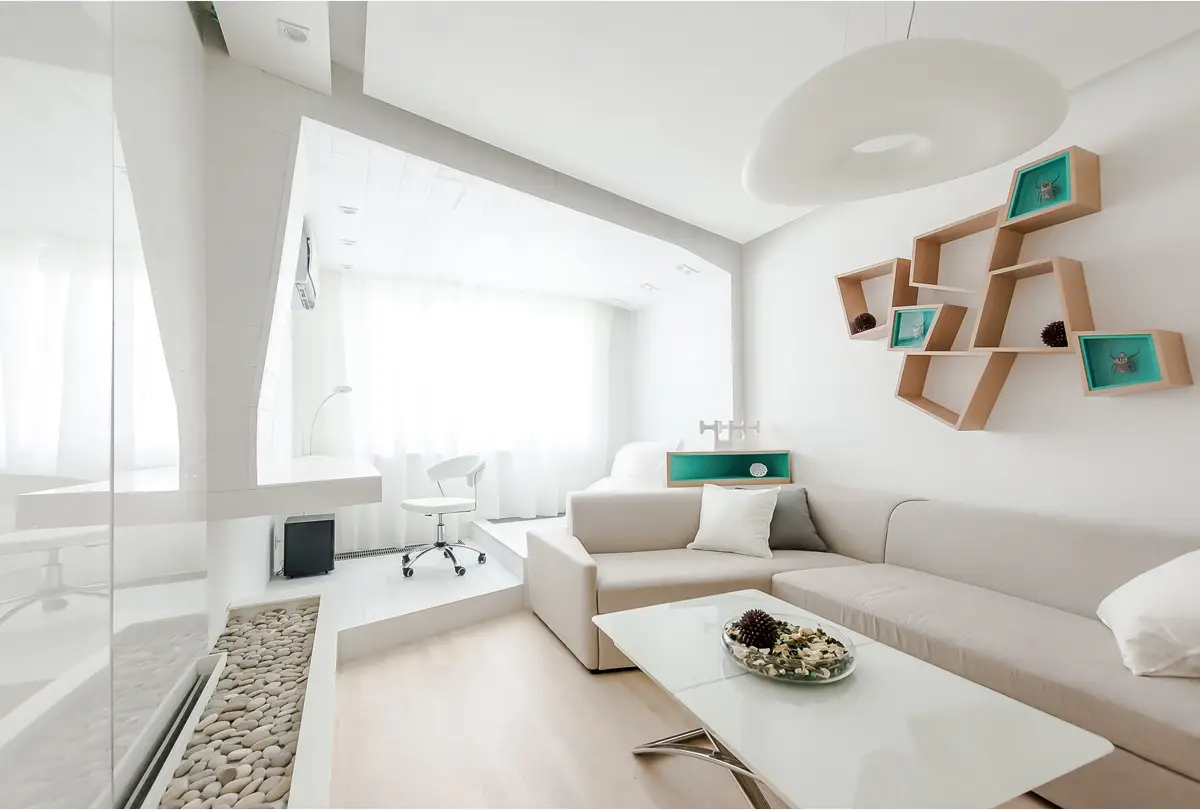 Minimalism in Interior Design: 7 Key Features
Minimalism in Interior Design: 7 Key Features Small Living Room: 12 Tips for Furniture and Decoration Selection
Small Living Room: 12 Tips for Furniture and Decoration Selection Concrete Comfort: Studio Project in Contemporary Style
Concrete Comfort: Studio Project in Contemporary Style Repair in Practice: How to Paint a Ceiling by Yourself
Repair in Practice: How to Paint a Ceiling by Yourself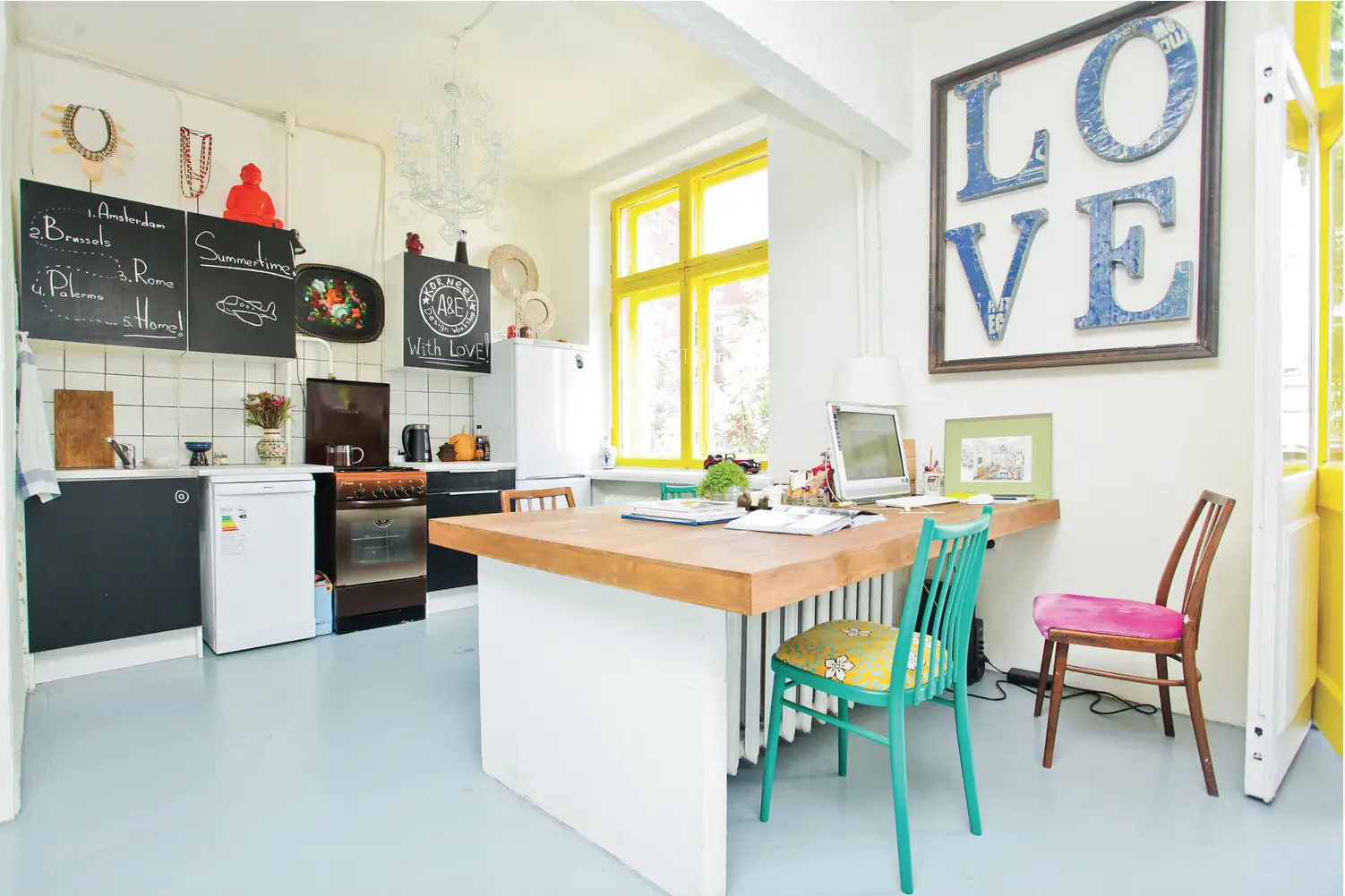 How to Create an Interior for a Couple: 10 Best Ideas
How to Create an Interior for a Couple: 10 Best Ideas